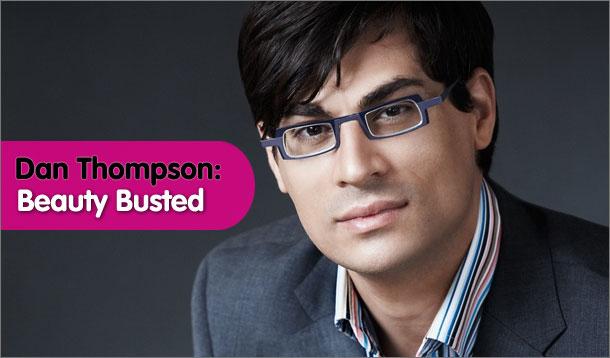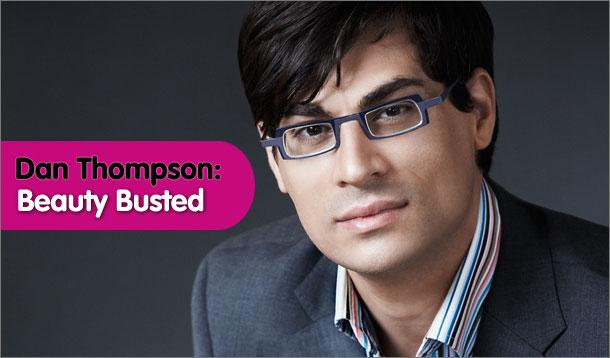
I often get feedback from readers saying they love the products I review but wish I would list more products I think they should buy.
There are good products from every line and at every price point. What is more important is to be aware of the ingredients used in the formula. Every reputable brand lists the entire list of ingredients on the packaging. This list is called the INCI list. Forget the fancy ingredient names listed on the front of the jar. The important ingredient list is the small print.
When searching the INCI list there are some ingredients, commonly used, that should be avoided at all times. Not because they will cause some horrible health problem (as some websites assert) but rather because these ingredients can actually prevent the cosmetic from working well.
1. SD Alcohol, Alcohol, Alcohol Denat. – these ingredients should not be confused with moisturizing alcohols (yes there is such a thing). These alcohols are denatured alcohol used because they have great evaporation qualities and can help products penetrate into the skin – but they disrupt the natural pH of the skin and cause massive water evaporation in a short period of time. When used in cosmetics they cause a drying and irritating effect. For most skin types they will cause free radical damage and in some skin types serious contact dermatitis.
2. Mineral Oil, Petrolatum, Petroleum Jelly – highly occlusive and comedogenic. These ingredients, when applied regularly, can clog pores, cause breakout and disrupt the oil/water balance of the skin preventing regulated hydration.
3. Fragrance – this is the number one sensitizing ingredient in cosmetics. A single listing of fragrance can be hundreds of different ingredients. When most people suffer a reaction to a cosmetic product the culprit is the fragrance component.
Tomorrow I am starting a new series: Reader Reviews! For everyone who wrote a question about cosmetics on the Yummy Mummy Club Facebook fan page watch my blog for my reviews of the products you are using at home right now.
If you want me to review the products you're currently using, leave a comment below with the brand and product name. I'll let you know if it's good or bad and can recommend alternatives.

This is my last review of the ingredients listed in the report “The Dirty Dozen – Cosmetics Chemicals to Avoid”. Today I am looking at Polyethylene Glycol pr PEG.
PEG is found in almost all over the counter cosmetics and is used primarily to help the active ingredients penetrate into the skin. Without PEG products would sit on the surface of the skin and consumers would have to use significantly more actual finished product to attain the benefits provided.
According to the report:
1. PEG is genotoxic.
2. PEG is unsafe for use on damaged or broken skin.
3. PEG allows other harmful ingredients into the skin.
The truth about PEG:
1. Contrary to the claims of toxicity there is actually no known research showing PEG to have any toxic effect on human skin – the research cited to make the claims of genotoxicity is based on oral administration to rats at elevated levels.
2. Published data shows PEG to have great moisturizing benefit to the skin, nonreactive properties in human skin and nonirritating benefits.
3. It is considered so safe for humans that it is routinely used in internal medical procedures to flush and clean the intestinal tract.
4. Health Canada ruled PEG does not meet the definition of toxic.
PEG is not anti freeze (which some opponents claim), ethylene glycol is antifreeze and is a completely different compound altogether.
Tomorrow - Dan's List of Ingredients to Avoid
"
I am still analyzing the report “The Dirty Dozen – Cosmetics Chemicals to Avoid.” Today I am looking at the claim that sodium laureth sulfate causes cancer.
I have written about this before but is obviously requires repeating. This is one of the most common myths about the safety of cosmetics around. I have heard it for almost two decades and guess what – not one single reported case of brain cancer associated with using shampoos or cleansers containing SLS.
According to the report:
1. SLS is a possible carcinogen
2. SLS can be irritating to the skin
So where is the truth? The rumors about SLS causing cancer are often linked toa study reportedly conducted at the University of Pennsylvania showing a correlation between use of SLS and brain cancer.
Published data regarding SLS:
1. According to Health Canada – “Health Canada contacted the University of Pennsylvania Health System and found that it is not the author of the sodium laureth sulfate warning and does not endorse any link between SLS and cancer. Health Canada considers SLS safe for use in cosmetics.”
2. According to the American Cancer Society – “Contrary to popular rumors on the Internet, Sodium Lauryl Sulfate (SLS) and Sodium Laureth Sulfate (SLES) do not cause cancer. . . . A search of recognized medical journals yielded no published articles relating this substance to cancer in humans.”
Almost every product (from shampoo to dish soap to toothpaste) that has a foaming action contains SLS. It is probably one of the most naturally occurring ingredients in the world being derived from coconut oil.